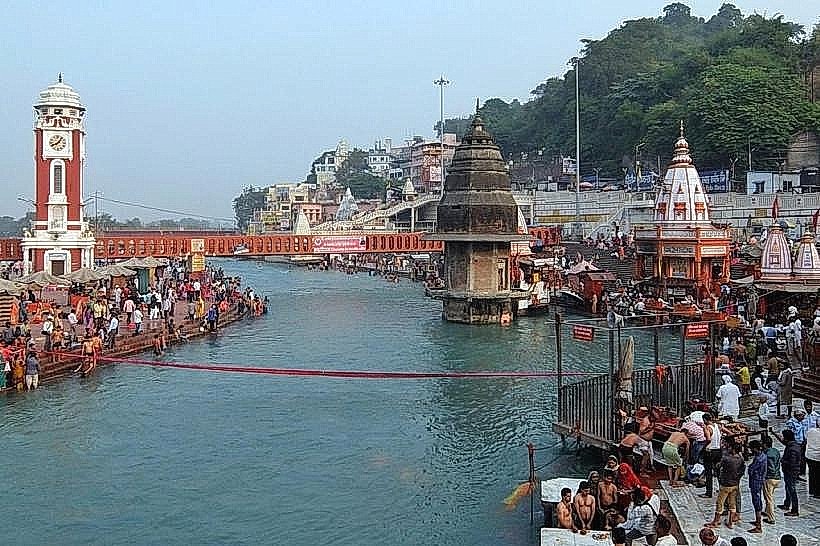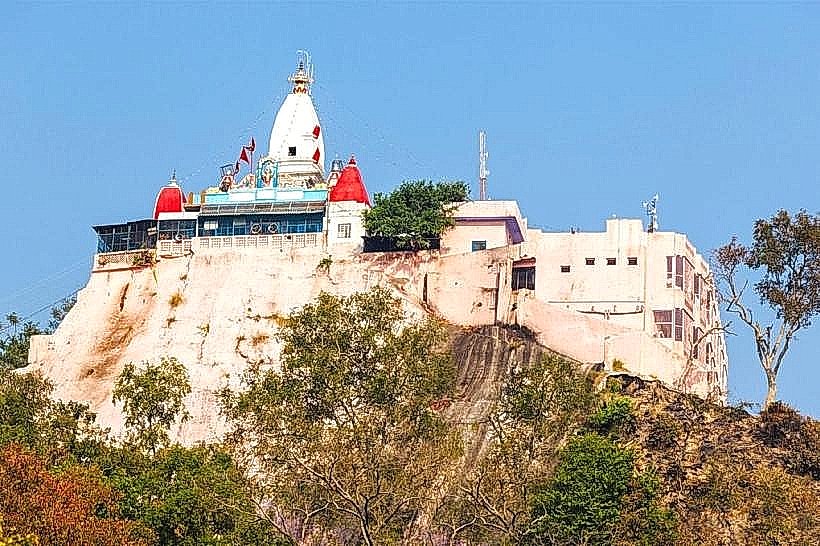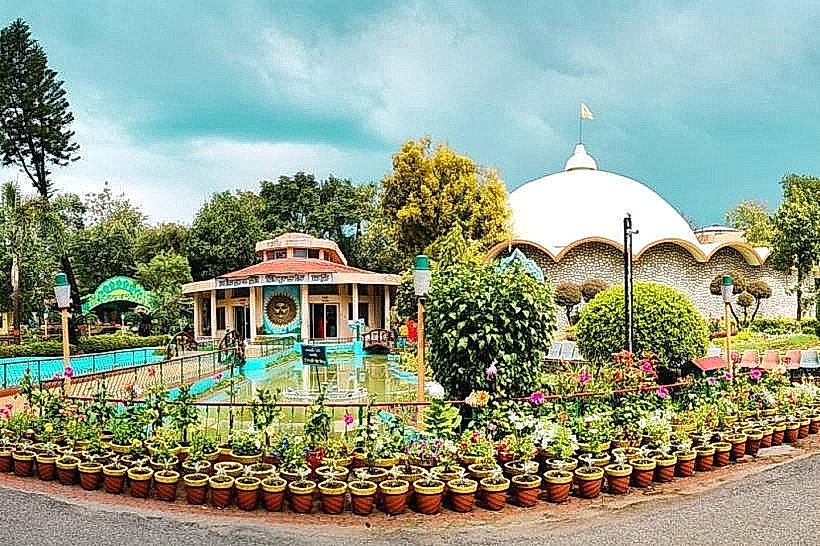Information
Landmark: Rajaji National ParkCity: Haridwar
Country: India
Continent: Asia
Rajaji National Park, Haridwar, India, Asia
Overview
Rajaji National Park, near Haridwar in Uttarakhand, spreads across the foothills of the Shivalik range, where tall sal trees rustle in the warm mountain breeze, at the same time stretching across more than 1,150 square kilometers, the park reaches into Haridwar, Dehradun, and Pauri Garhwal districts, where lush forests ripple with birdsong and its ongoing work in wildlife conservation thrives, a little In northern India, it draws nature lovers, wildlife fans, and eco-tourists alike, all eager to spot radiant kingfishers flashing over quiet green water, furthermore the park sprawls through the lower Himalayas, blending sal forests, open grasslands, winding riverbanks, and steep, green hills.Getting there’s easy-Haridwar and Rishikesh are the main gateways, with entry points like Chilla, Motichur, and Rajaji opening the way to safaris and treks through the forest’s quiet trails, subsequently the park unfolds in layers of dense forest, the Ganga and Song winding through them, and far off, the Himalayas rise in a wide, silver sweep that fills the air with calm.Rajaji brims with life-elephants rumble through the sal forest, while tigers, leopards, sloth bears, jackals, hyenas, wild boars, and deer like sambar, barking deer, and chital move quietly through the undergrowth, meanwhile the park teems with life-over 300 kinds of birds flit through its trees, from glowing local songbirds to weary travelers on their long migrations-turning it into a true haven for birdwatchers, slightly often Thick stands of sal, shisham, and teak fill the landscape, broken by stretches of grassland and ribbons of green along the rivers, creating a haven for abundant wildlife, besides wildlife Safari Adventures: Hop into a jeep or join a guided tour to wind through the park, spotting elephants by the watering hole and watching animals move naturally through their own wild spaces.Birdwatching: You’ll find rare and migratory birds gliding over the river, rustling through the wetlands, and calling from the deep green forest, meanwhile follow the park’s marked trails for a low-impact trek or a quiet nature stroll, where you can snap photos amid rustling leaves and radiant wildflowers that draw you into its living landscape.Some spots allow eco‑camping, where you can fall asleep to the hush of the forest and wake under a sky scattered with stars, in turn rajaji National Park is crucial for protecting elephants and tigers, forming part of the Corbett–Rajaji–Terai Elephant Reserve-a vital wildlife corridor that winds through the forests of northern India.It protects the delicate ecosystems of the Himalayan foothills, keeping their rich mix of species alive and acting as a quiet, green barrier between villages and roaming wildlife, subsequently the park supports research, teaches people about the environment, and draws eco-tourists, all while encouraging a sustainable way to enjoy nature-like walking quiet trails lined with wildflowers.Plan your visit between October and June, when the air’s crisp and the paths stay clear-skip the monsoon months, when mud slicks the roads and roam turns rough, also head out on an early morning safari for your best shot at spotting wildlife; the cool air often carries the soft shuffle of elephants and the quick flash of deer through the grass.Bring binoculars, a good camera, and sturdy boots-they’ll serve you well whether you’re spotting birds in the brush, trekking dusty trails, or watching wildlife on safari, simultaneously visitors to Rajaji National Park can hike through quiet sal forests, spot elephants by the river, and feel the calm of the Himalayan foothills-an adventure that also deepens respect for conservation and the region’s fragile balance., in some ways
Author: Tourist Landmarks
Date: 2025-11-19











